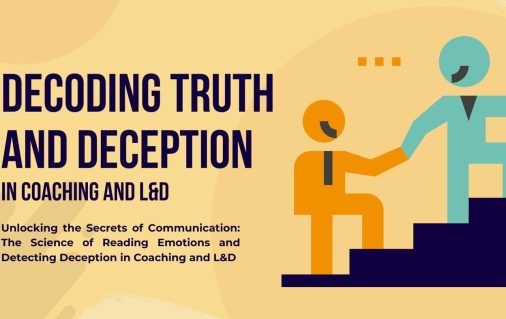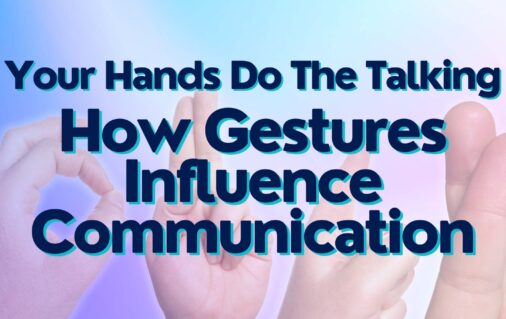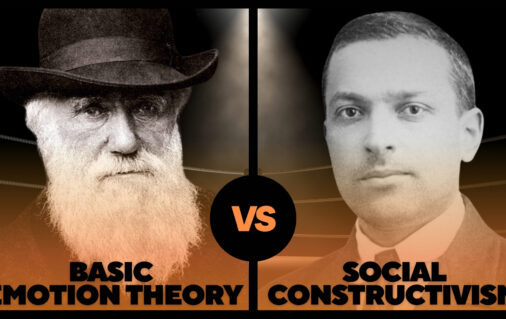Truth and Lies: Honest and Deceptive Communication
Lying
Lying is a very complicated aspect of communication. It is not actually all bad either, sometimes it can be helpful in our relationships and interactions. The article linked here discusses the advantages and disadvantages of lying, it’s certainly worth reading, especially if you want to develop a more complete perspective of how honesty and deception can impact your communication with others.
Honesty
It’s quite common to see sources talk about deception and what it looks like for deception to occur, but what does honest communication look like?
When someone is being honest, they usually have a natural flow in their communication style and sometimes their verbal content can seem chaotic in the order to their stories and discussions. This is because lies are carefully crafted and scripted, so they usually follow a very specific order and a very cliché plot line i.e., there’s a beginning middle and end. But in normal communication and honest communication, our brains don’t work as linearly.
In the middle of telling one story, you might be reminded of another thing that you wanted to tell someone, or perhaps something around the room caught your attention and you talk about that for a second, and then you go back to the story. Or you were halfway through a topic and someone interrupts and shares a story about them, which reminds you of a different story, and the first story is never actually finished.
This will vary for different people as well, depending on their communication style, personality type and their level of emotions. For example, anxious people generally talk faster, or if they feel very comfortable with someone, then they might be more inclined to jump around in their story, without fearing judgment for being ‘scatter brained’.
A key point with honest communication is that it will seem natural. As explain by Vrij (2008) liars put in more effort to present a convincing impression then truthtellers. Therefore, the way someone is normally, which is known as baseline behaviour, will be present in their honest communication. Nothing will stand out as being ‘odd’ or unusual in their behaviour. Their communication will just follow the natural current of their baseline. We all have different ways of interacting; this is known as our interaction style, and it is part of our baseline behavior.
That said, be careful about judging someone as lying, just because their behaviour seems a little bit different from their baseline. Everything we’ve said so far assumes that you have established a complete and detailed picture of what someone’s baseline is, so that you can then compare behaviour to it.
Additionally, there are many things that can cause someone’s communication to deviate from their baseline. For example, if someone is anxious, they may change their behaviors, or maybe they are really cold and so they change their posture to be smaller than normal, this doesn’t mean that they’re lying… it might just mean that they’re cold. Still, sometimes these changes from someone’s baseline are a form of unintentional communication, where messages and the truth can leak out.
There are scientifically sound ways to analyze someone’s behaviors across all six channels of communication, and to notice when someone deviates from their baseline. Then from there you can use questioning to figure out why those changes may have occurred, and what they might mean.
















